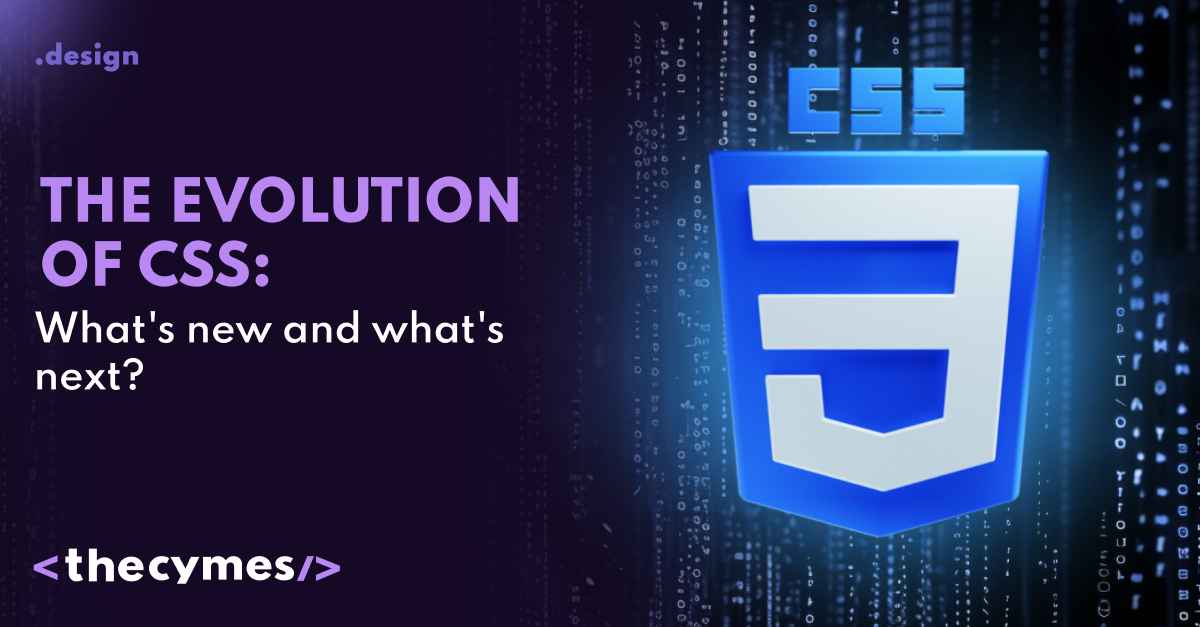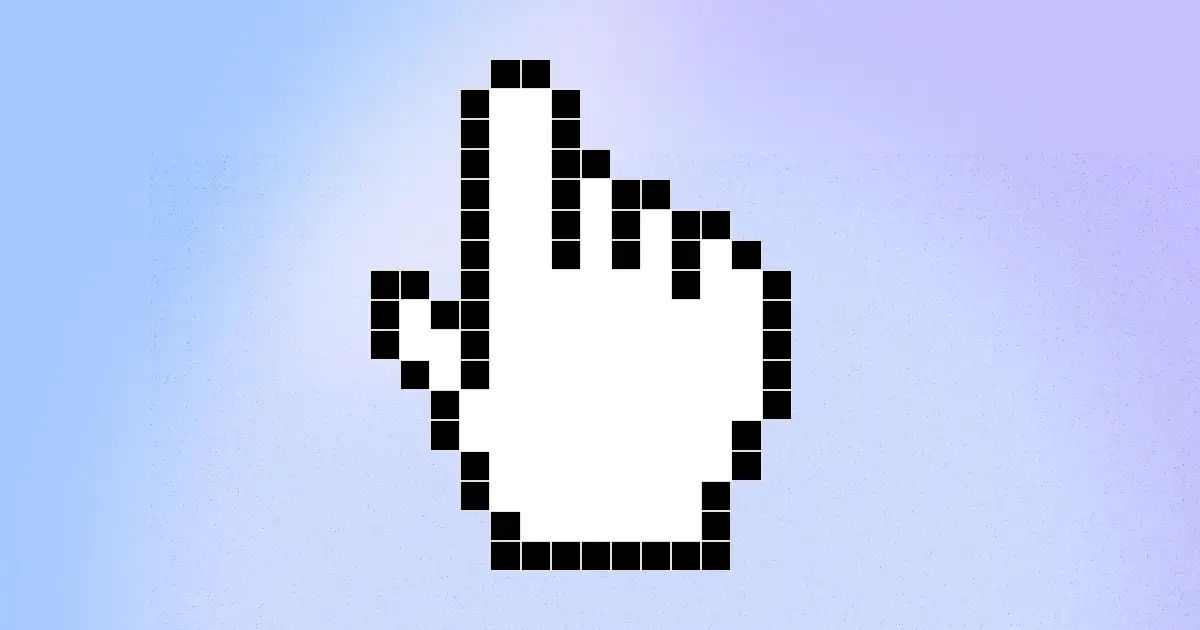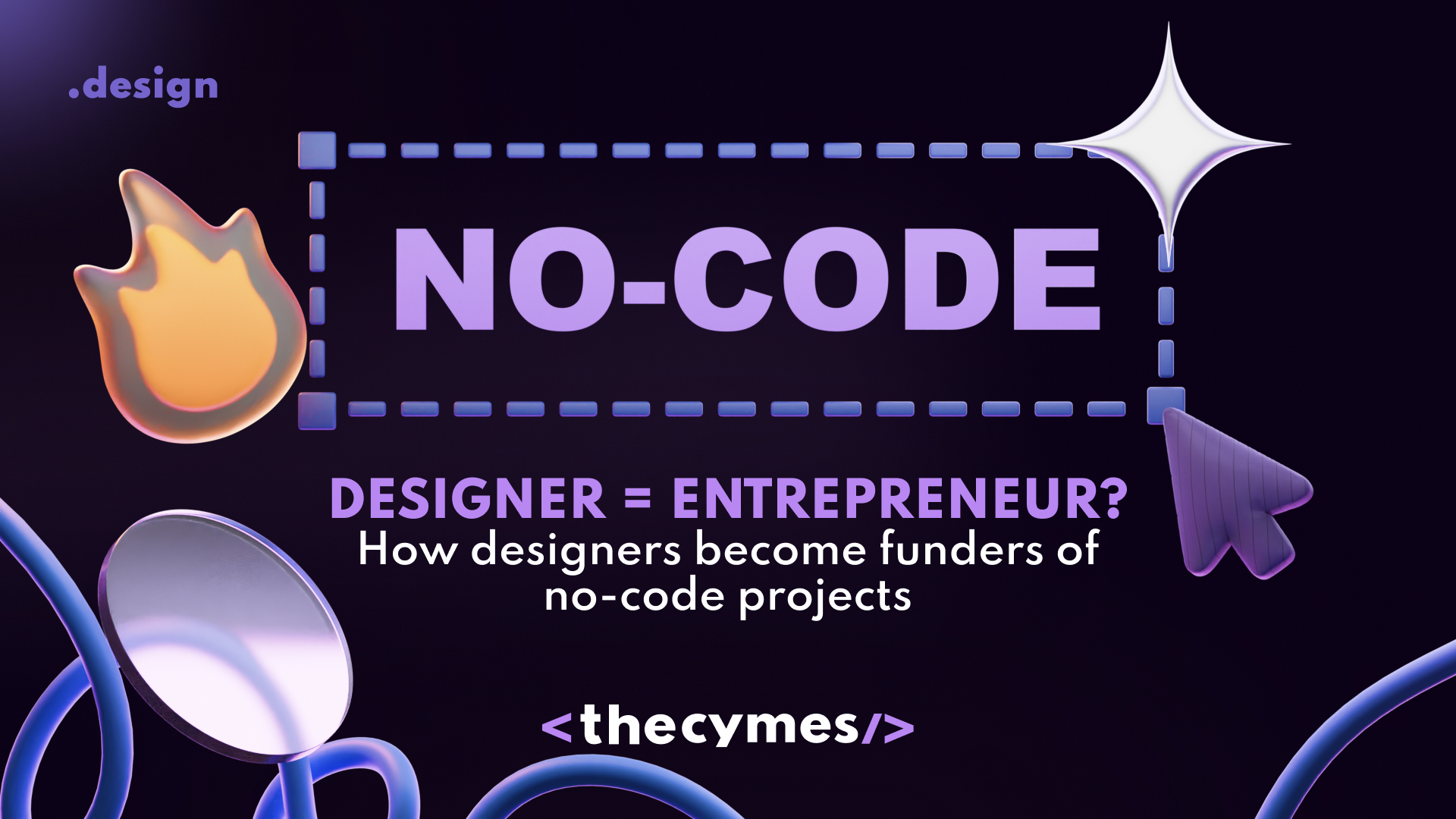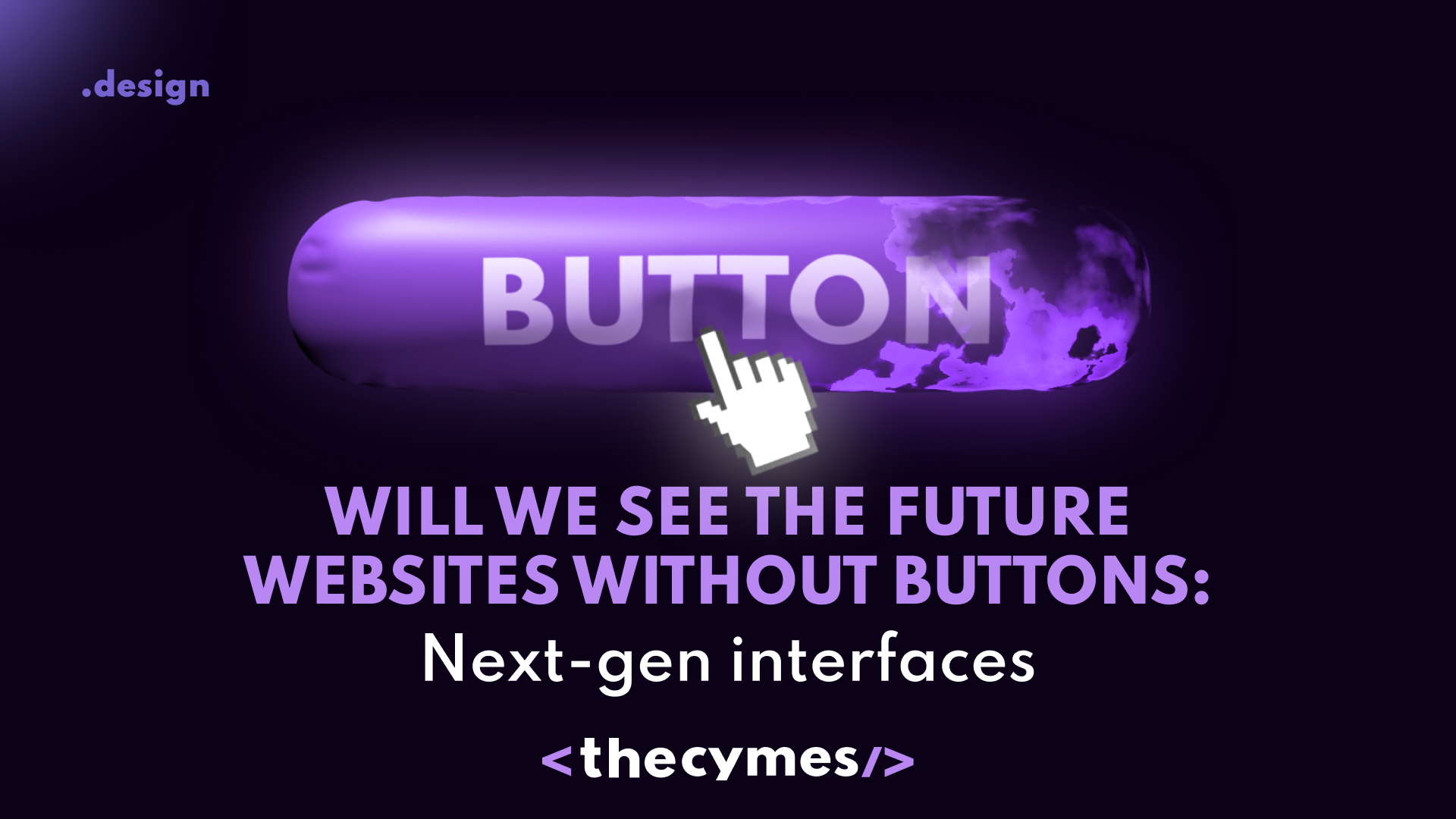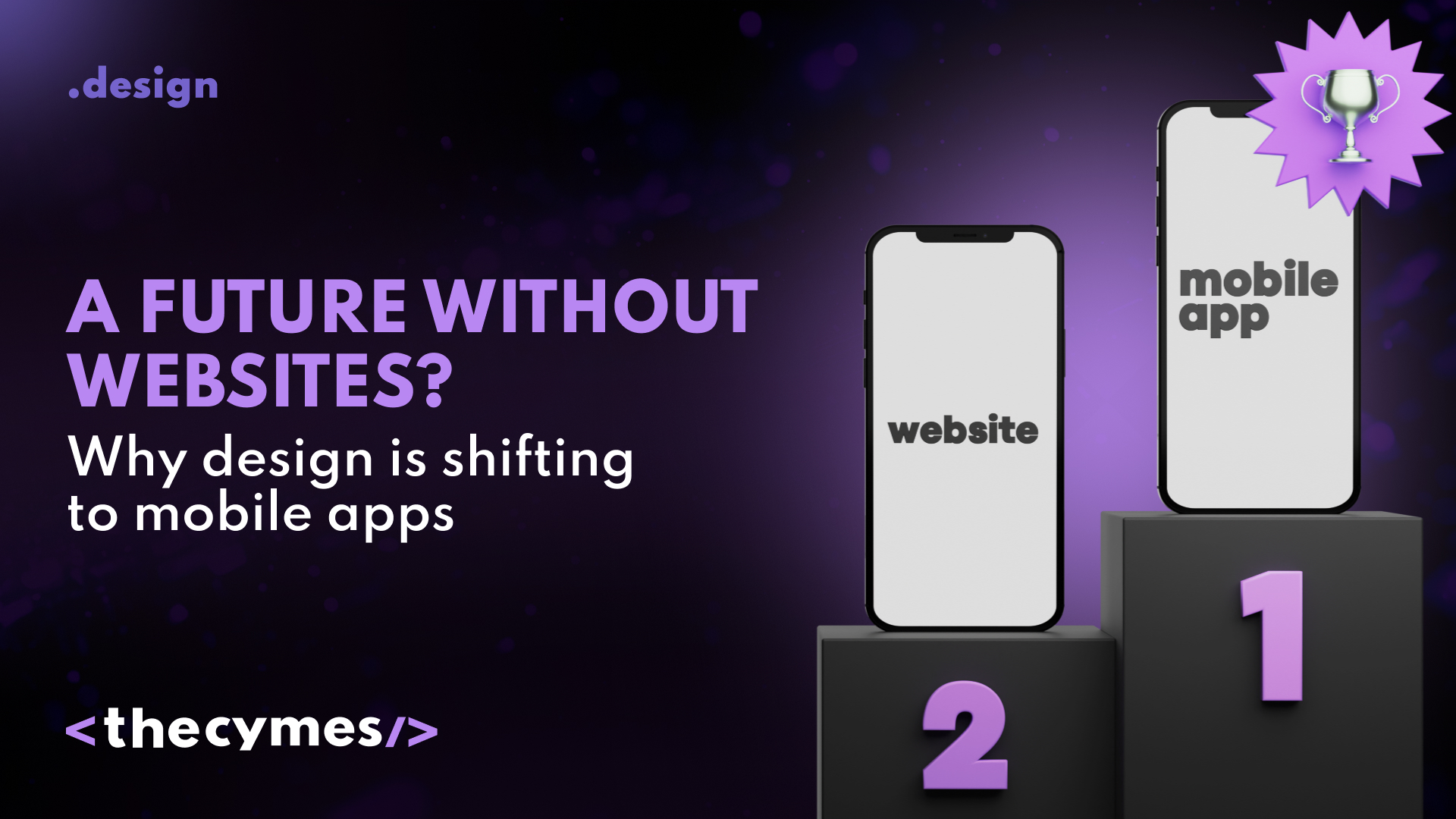Table of Content
The evolution of CSS: What's new and what's next?
/>Discover how Cascading Style Sheets (CSS) have changed since their introduction in 1996 and how the newest developments are influencing web design today. This article explores how new features like CSS Grid Layout and Flexbox improve user experiences and make coding easier for developers. Learn about CSS's future and how it will affect responsive design.Introduction
CSS have been used for a long time to let developers control and monitor how web pages look. With changes in the world of the web, CSS has been undergoing significant changes to introduce new features and methodologies that have greatly increased the ability to design better for better user experiences. In this article, we'll talk about what's new, what's coming up, and how these changes are affecting modern web design.
A Little History of CSS
Let's look at its short history to see what CSS is today. CSS was first introduced in 1996, making it easy to style HTML documents. Before CSS, web design relied on HTML attributes and table layouts. The more dependencies there were, the bigger and messier the code would get.
The CSS1 standard was created in 1996. It explained how to style web pages and gave important details like font size, color, and spacing.
CSS2, 1998: It had more possibilities for positioning, media types, and internationalization. This new version allowed styles to adapt to the users location and device.
CSS3 introduced the idea of modules, which meant that instead of one big update, smaller sections could be updated independently. CSS3 support allowed for cool features like rounded corners, shadows, gradients, and transitions that made for some great web design without images.
Today, CSS is being extended with updates and new specifications to meet current web design needs.
CSS Grid Layout is one of the most revolutionary features introduced in the past few years. It's a layout system that designers can use to make responsive web layouts. By defining rows and columns, developers have full control over where on the page elements should go, which helps reach sophisticated designs without relying on frameworks.
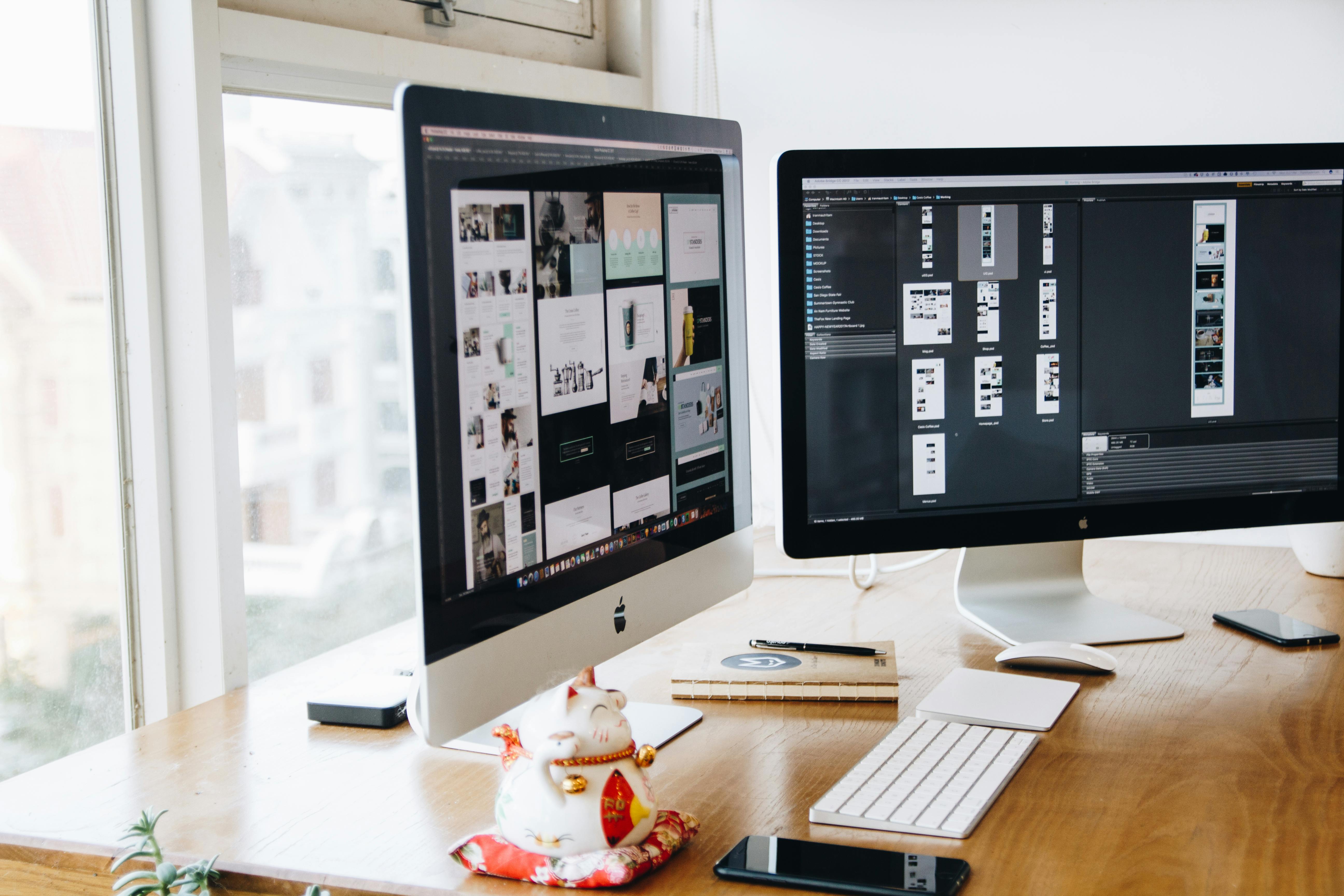
Image from Pexels
CSS Grid is good for:
- Two-dimensional layout that allows both rows and columns, unlike Flexbox. This makes layouts more complicated
- Grid makes it easy to make responsive designs that change with screen sizes and create a fluid user experience across devices.
- CSSGrid makes it easier to maintain and update CSS stylesheets by reducing the amount of code needed to create complicated layouts.
The same thing can be envisioned for a news-based website that needs to show articles in grid format. With CSS Grid, the developer can easily make a layout that changes the number of columns based on the screen size so that the article looks really good.
CSS Flexbox: Perfect for Alignment
While CSS Grid is a popular choice for designing layouts, Flexbox is an important tool for web designers. The one-dimensional layout is important for arranging things in a column or row and giving space in a container.
The main things about Flexbox:
- Flexbox has good ways to center things, both vertically and horizontally.
- Flexbox can grow and shrink to fit different screen sizes.
For example, using Flexbox, making a navigation bar with items that are evenly spaced is a breeze. On screen size changes, this can adjust the spacing and the size of the items to provide the best experience across devices.
Using CSS Variables for Custom Properties
CSS Custom Properties are a way for developers to declare values that can be used again and again. This makes maintenance easier and allows for dynamic themes.
Benefits of using CSS Variables
CSS variables can be changed using JavaScript, so live style updates based on user interaction are allowed. Imagine how cool it would be if your website could easily switch between light and dark themes. Setting variables in CSS for colors, fonts, and spacing lets developers easily update styles without having to go through the whole stylesheet. This saves time and also ensures that the design stays the same.
Here's a simple example:
:root { --main-color: #3498db; --secondary-color: #2ecc71; }
.button { background-color: var(--main-color); color: white; }
.button-secondary { background-color: var(--secondary-color); color: white; }
In the example above, when you change the color of the main part, it updates all the parts that use that color. This helps make things consistent and less likely to make mistakes.

Image from Pexels
CSS Functions: Adding More Functions
CSS has introduced several new features that make style manipulation easier. Here are some of them:
calc: It allows for dynamic calculations of lengths, thus allowing much more flexible layouts. You can, for example, set an element's width to 50% of its parent minus 20 pixels to make it even more responsive.
clamp(): Is used for responsive typography by setting minimum and maximum values. It enables the text to scale between defined limits so the readability will be maintained on different devices.
var(): This is used to refer to CSS variables. The function will add even more dynamism to stylesheets.
Responsive Design Features: Meeting the Mobile Challenge
With the growth of mobile devices, CSS has come up with a few features that make responsive design easier.
Media Queries Level 4: Media queries now have a lot more granular control. You will be able to query the size of the container, not the size of the viewport. You can specify styles that depend on the size of the parent element without having to tie them to the size of the viewport. This will make it easier for developers to make things that can adapt to different situations.
Container Queries: Developers are able to create styles based on the size of a parent container, not just the viewport.
New Pseudo-Classes and Pseudo-Elements: Fine-Tuning Styles
CSS has increased the number of pseudo-classes and pseudo-elements available, catering for finer tuning styles. Some notable examples are:
[:is() and :where():] These pseudo-classes make the management of selectors easier by enabling developers to group several selectors together and apply styles to them in bulk. That will be easier because there is lesser repetition in your stylesheet, and thus provides better readability.
: :focus-visible: this pseudo-class will apply styles once an element has focus and is visible. A great development for accessibility and user experience. This class will save you from showing focus outlines on non-keyboard interactions and keep things clean.
What's Next for CSS?
As web standards continue to evolve, here are some of the features and enhancements coming with CSS.
1. The CSS Modules: Using Component-Based Design.
CSS Modules will start to gain traction and allow the bundling of styles inside the components. This prevents name conflicts and leads to a more modular design.
Advantages of CSS Modules:
- Scoped Styles: A CSS Module defines styles that only apply to the component. This is especially helpful for large applications where an application may easily clash.
- Improved Maintainability: Modular stylesheets are easier to manage and update when changes are made and make it easier to avoid affecting other parts of the application.
2. With CSS Houdini, you can unlock new possibilities
CSS Houdini is a really exciting project that gives developers more control over how CSS is processed and lets them build custom styles and layouts.
Some ways to use Houdini:
The Custom Paint API lets you make your own pictures and designs using CSS, which is different from using JavaScript.
The layout API in Houdini lets developers create new layout algorithms that work with Grid and Flexbox to lay out elements on the page.
3. Building on existing features
In the future, CSS specifications may go even further by adding even more advanced layout techniques.
Some examples might include:
This feature allows grid items to inherit the grid layout of their parent, which allows for more complex designs without extra markup. This makes it easier to make layouts that are nested and stay the same in terms of spacing and alignment.
Adding more options to align grid items can make it easier to create attractive layouts.
4. Speeding Up the Web: Enhanced Performance Features
When web performance is important for users, CSS will come up with ways to make it faster and more efficient. Some possible ways to do this are:
- Optimized Loading: Using only the CSS needed for the current view reduces the time it takes to load and makes it faster.
- CSS: This makes sure that styles that affect above-the-fold content are loaded first, so users can see a fully styled page as soon as possible.
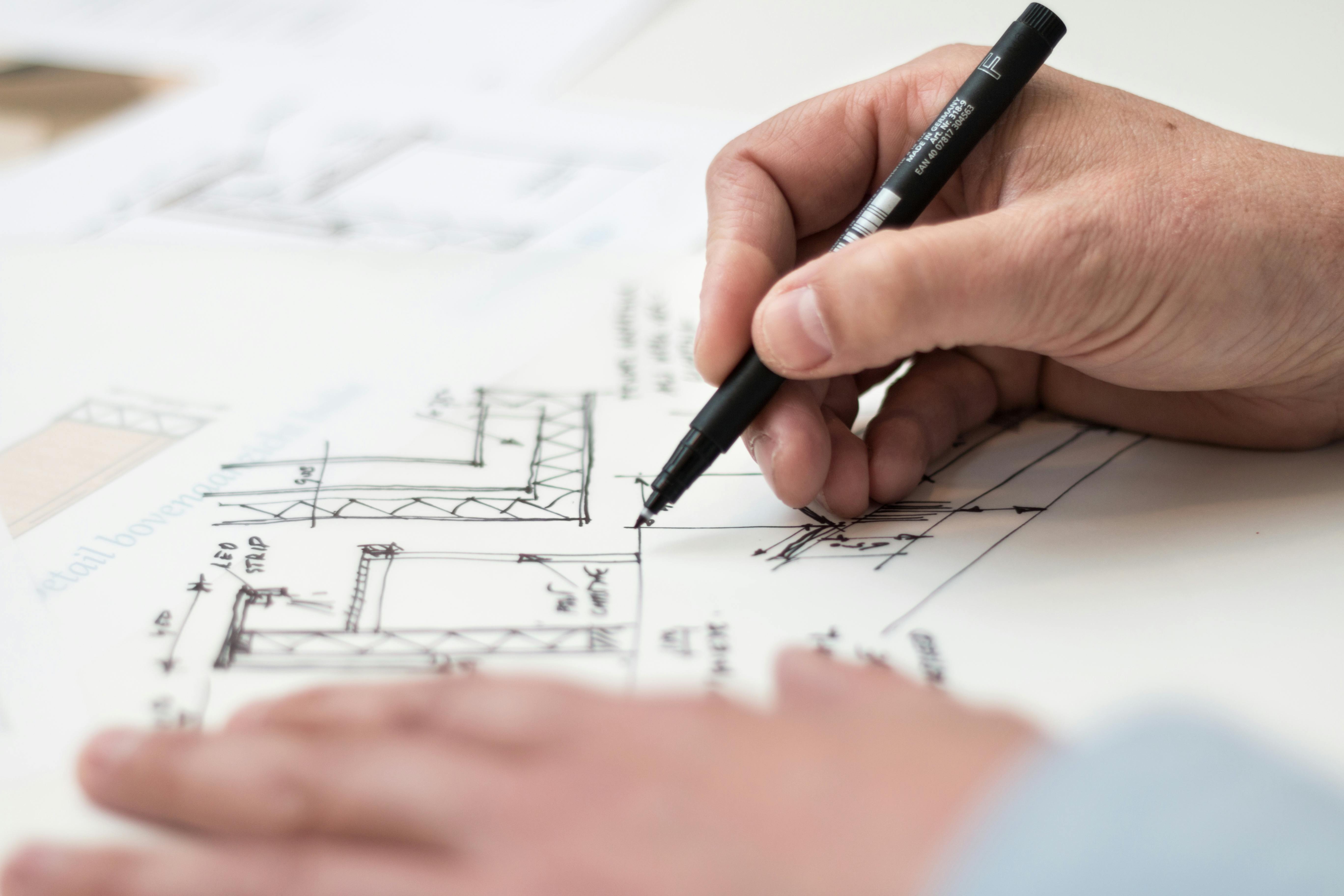
Image from Pexels
Best Practices for Using CSS Effectively
As CSS changes, it is important to use best practices to make stylesheets that are easy to maintain and easy to use. Keep your stylesheets organized to make them easier to read and update. Use comments, consistent names, and a system called BEM (Block Element Modifier) to make things easy to understand and expand.
CSS variables can be used to define common values, like colors, font sizes, and spacing. By using variables, you can easily change the look of an entire website with minimal effort, promoting a cohesive design.
It's important to keep up with the latest CSS rules and browser support to make your website work well. Check MDN and CSS Tricks regularly for new information, tips, and trends. Engaging with the web design community can also help you keep up with new standards.
Conclusion
Since it was first made, CSS has changed a lot to meet the latest needs of web design. New features like Grid Layout, Flexbox, and custom properties make it easy to make a responsive, engaging, user-friendly website. In the future, new tools like CSS Houdini and advanced layout techniques will definetely change how we design websites.
